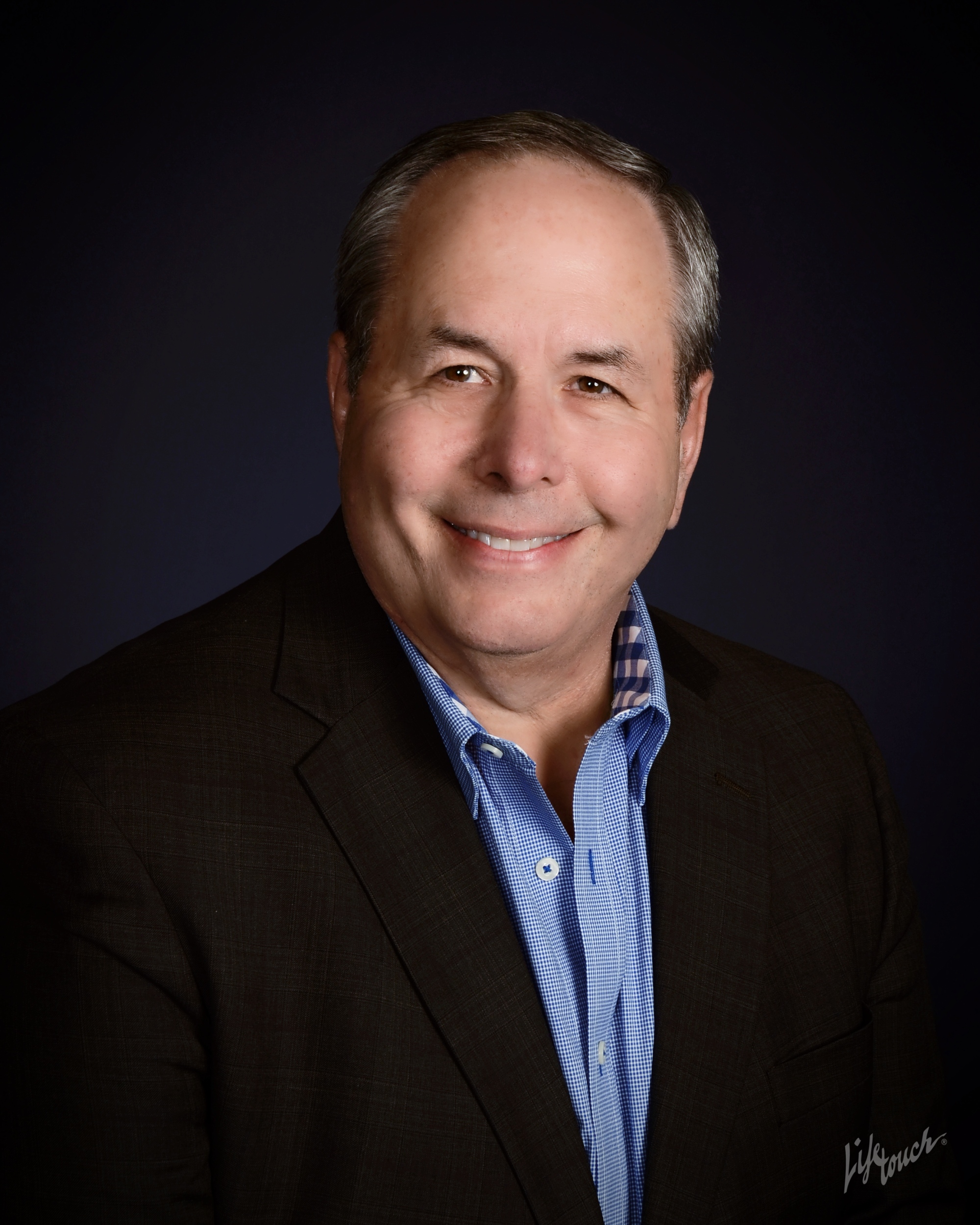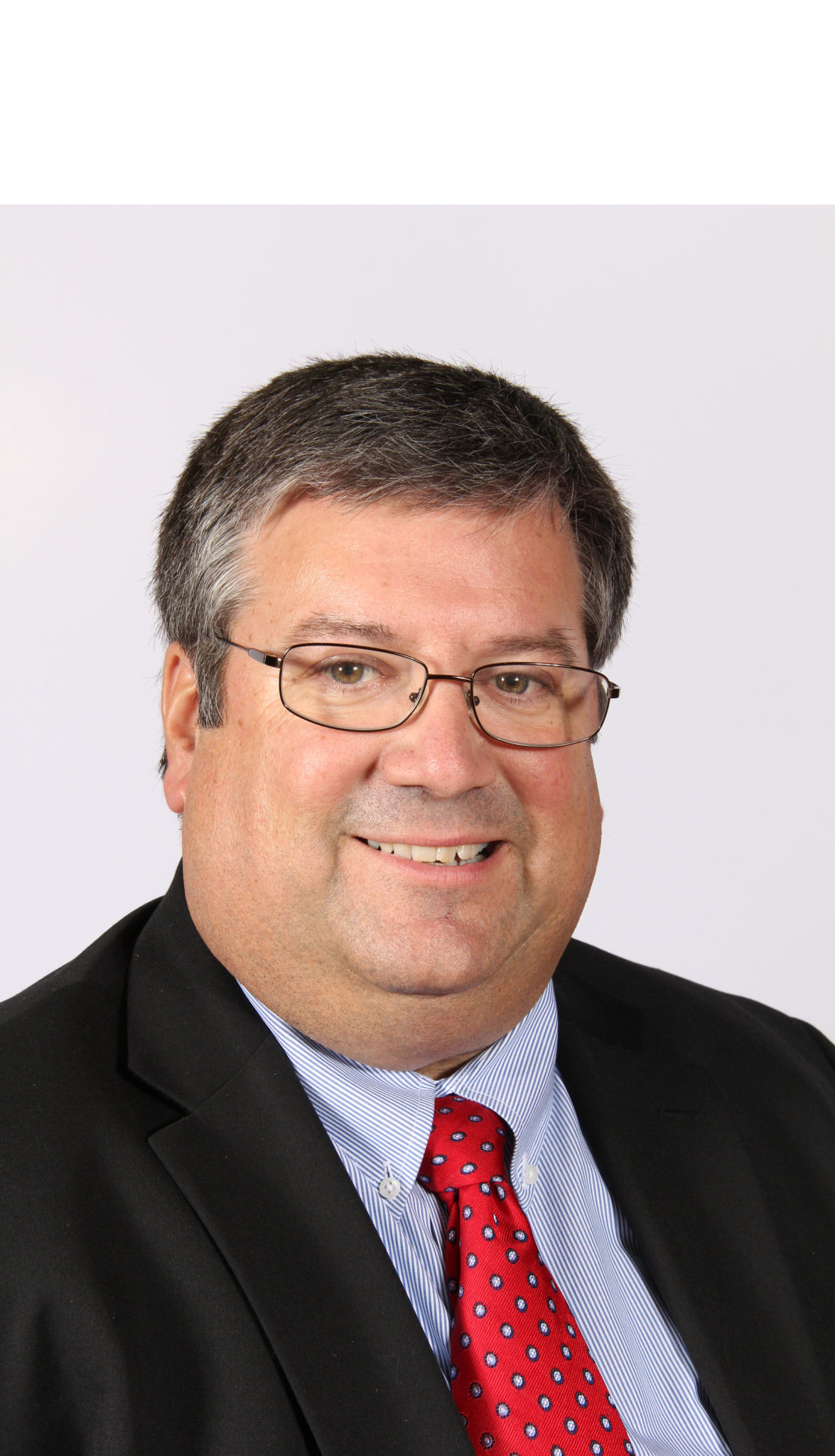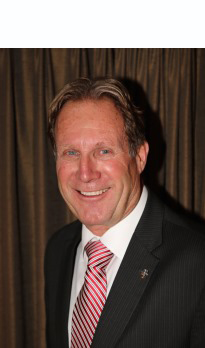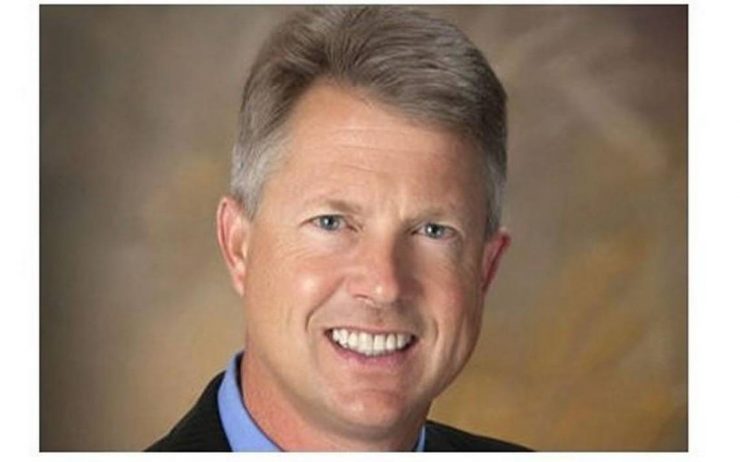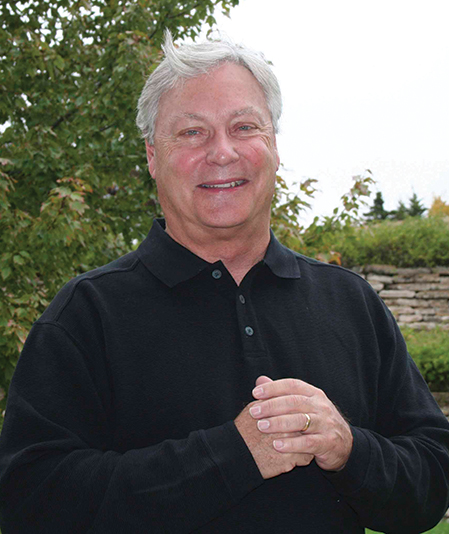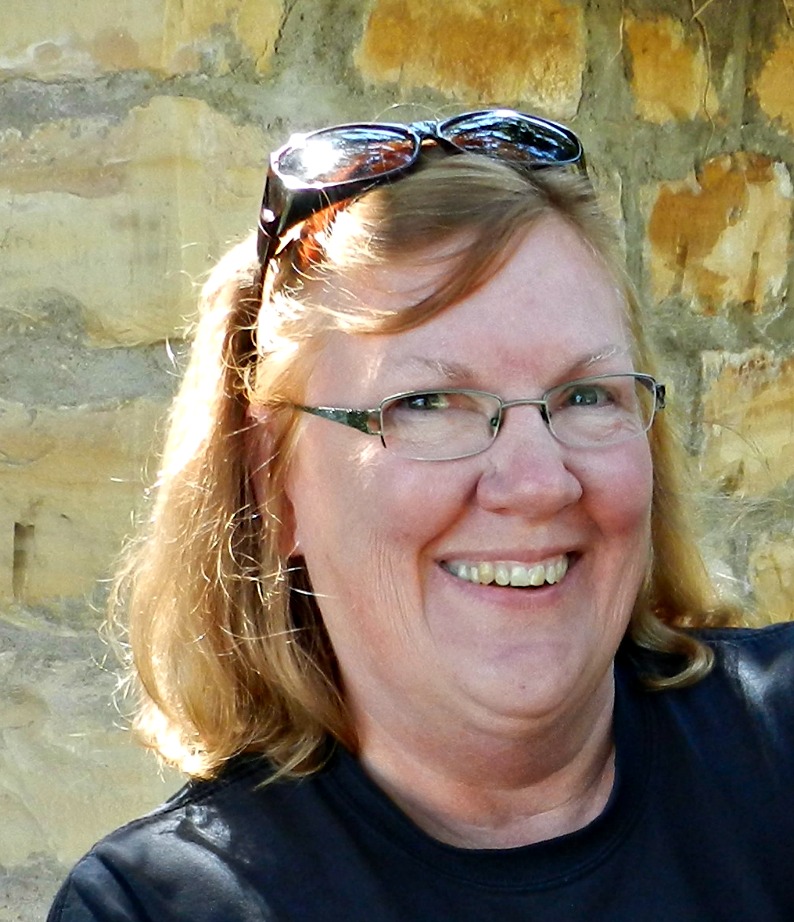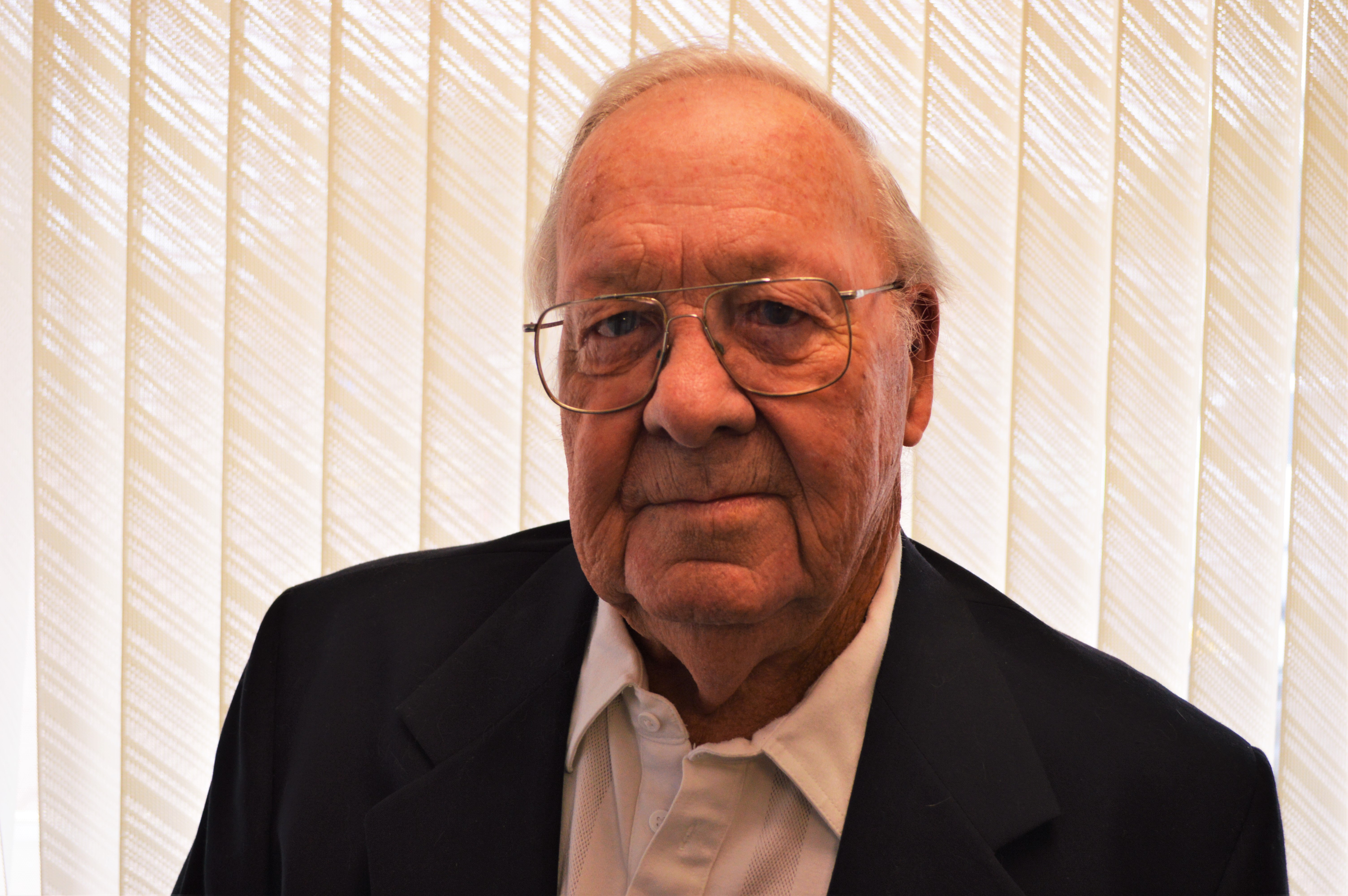
I scheduled a meeting with the children, one of whom was the trustee of the trust as named by his parents. Much to my surprise, the meeting was very tense. Before I knew it, they were rehashing issues from years ago – “Mom helped you more”; “Dad gave you money to start your business and you never paid him back”; and so on.
I realized that the son/trustee was ill-equipped to handle such a contentious job. I was more than a little frustrated that my clients had not let me know of the significant family dynamics.
When planning an estate plan, you are going to be called on to designate someone to act in a financial position, whether that is an executor of your will (in a probate), as trustee of your trust (during the trust administration), or as your agent under a power of attorney.
Unfortunately, incidents of financial abuse are on the rise – significantly. It is crucial for individuals to realize how important that financial position really is. While the document appointing an agent, executor or trustee can (and should) clearly identify the restrictions on power and authority, the facts are that by the time a violation is discovered, the absconded money or property may be gone or unrecoverable.
Let’s take it to another level. What if the person you appointed has bitterness or grudges against the other beneficiaries? Do you trust that person to be “fair” in managing and ultimately distributing your property after your death?
Is your appointed person strong enough to survive the arrows shot at him or her from other family members?
Recently a client revealed to me that her son (who she had named as her trustee of her trust, upon her death or disability), accused her of ignoring his advice, and further, that she coddled one of the other children.
Alarms went off in my head. After consulting with my client, we immediately changed the appointed agent to a disinterested third party (her accountant).
I STRONGLY suggest that when you visit with your attorney about your agents (for any position), you let that attorney know of any actual or perceived family difficulties involving the proposed agent. Also, ask yourself if that agent wants to be in that position, or should be in that position.
Back to my story of the disgruntled family. Eventually I had the trustee/son appoint a third-party to take his place (in this case, a commercial trustee).
Please be aware of family dynamics when deciding on who should be your financial agent in your power of attorney, will, or trust. By facing those issues now, you can save your family a lot of heartache and loss of close ties by properly designating the appropriate agent.
Randy Clinkscales of Clinkscales Elder Law Practice, PA, Hays, Kansas, is an elder care attorney, practicing in western Kansas. To contact him, please send an email to [email protected]. Disclaimer: The information in the column is for general information purposes and does not constitute legal advice. Each case is different and outcomes depend on the fact of each case and the then applicable law. For specific questions, you should contact a qualified attorney.
